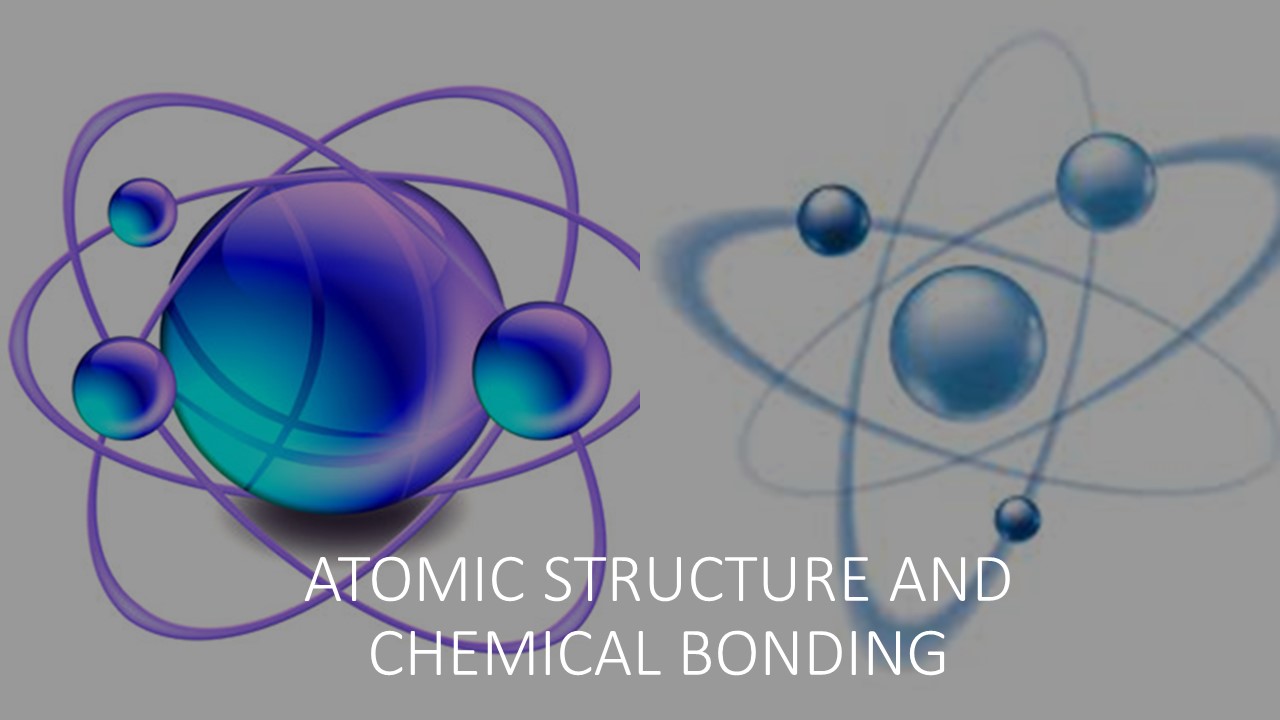Description
Structure of an Atom
According to modern atomic theory, atoms are composed of particles. The three main sub-atomic particles are proton, neutron and electron.
Atomic Number
The number of protons in the nucleus of the atom of the element is the atomic number and denoted by the letter Z. In a neutral atom, the number of protons = the number of electrons.
Atomic number = Number of protons.
Mass Number
This is the total number of protons and neutrons present in the atomic nucleus. It is denoted by the letter A
ELECTROVALENT BOND
Ionic bond, also called electrovalent bond, type of linkage formed from the electrostatic attraction between oppositely charged ions in a chemical compound. Such a bond forms when the valence (outermost) electrons of one atom are transferred permanently to another atom.
For example, the bond between the sodium and chlorine atoms in sodium chloride (NaCl) is formed by the transfer of an electron from sodium to chlorine, creating Na + and Cl – ions. The electrostatic attraction between these ions provides the bonding in NaCl.
COVALENT BOND
A covalent bond is formed by equal sharing of electrons from both the participating atoms. The pair of electrons participating in this type of bonding is called shared pair or bonding pair. The covalent bonds are also termed as molecular bonds. Sharing of bonding pairs will ensure that the atoms achieve stability in their outer shell which is similar to the atoms of noble gases.
Covalent Bonding can be Achieved in two Ways:
Sharing of electrons between atoms of the same kind E.g. Formation of H2, Cl2, O2, etc.
Sharing of electrons between atoms of different kind E.g. Formation of CH4, H2O, NH3, etc.
Free
Free
Free access this course
-
LevelIntermediate
-
Last UpdatedJune 8, 2022
-
CertificateYes
Hi, Welcome back!
Material Includes
-
Live Interactive classes with in-class doubt solving
-
Weekly Test and Quiz with instant tracking for progress
-
Revision of the course after testing
-
Fortnightly Parents and Tutor interactions
-
Expert monitoring of student's learning progress
-
Daily communication over call, whatsapp and mail
-
3 hours on-demand video
-
4 downloadable resources
-
Access for entire Academic Year
-
Access on mobile and Desktop
-
Assignments and review of the same
-
Tests and Correction by Board paper checkers
-
Certificate of completion and Live tracking with Grade book
Course Duration:
0
Course level:Intermediate
Enrolled:0
About Course
In this section will learn the following chapters:
1.Structure of an Atom
2.Electrovalent Bond
3.Covalent Bond
Course Curriculum
CONSTITUENTS OF AN ATOM
-
02:25
-
09:03
-
09:14
-
04:00
-
04:25
-
04:00
-
05:00
-
06:00
-
06:00
-
QUIZ – ATOMIC STRUCTURE > DISCOVERY OF PROTONS (ANODE OR POSITIVE RAYS)
-
QUIZ – ATOMIC STRUCTURE – SUBATOMIC PARTICLES
ATOMIC NUMBER AND MASS NUMBER
REPRESENTATION OF AN ATOM AND VALENCY
-
07:07
-
11:34
-
05:16
-
06:00
-
03:16
-
06:00
-
QUIZ – ATOMIC STRUCTURE – SUBATOMIC PARTICLES
-
QUIZ – ATOMIC STRUCTURE – PRELIMINARY TEST
-
QUIZ – THE LANGUAGE OF CHEMISTRY
-
07:48
-
07:16
CHEMICAL BONDING
-
13:20
-
07:39
-
00:37
-
QUIZ – CHEMICAL BONDING – INTRODUCTION
-
17:50
-
05:00
-
09:02
-
07:03
-
01:13
-
QUIZ – BASIC CONCEPTS OF CHEMISTRY LET’S RECALL
-
QUIZ – ATOMIC STRUCTURE AND CHEMICAL BONDING – LET’S RECALL
Student Ratings & Reviews

No Review Yet


